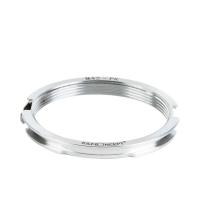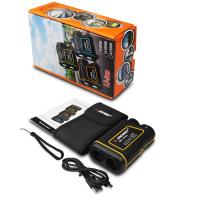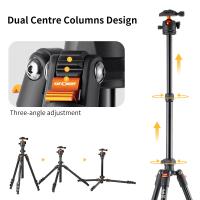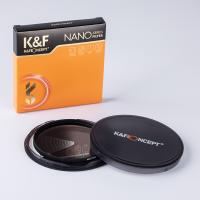Using Camcorder As Tbc When Digitizing Vhs ?
Using a camcorder as a time base corrector (TBC) when digitizing VHS tapes can be a helpful solution. A TBC is used to stabilize and improve the quality of analog video signals. By connecting a VHS player to a camcorder with TBC capabilities, you can benefit from the TBC functionality to enhance the video signal before digitizing it. This can result in better image stability, reduced noise, and improved overall video quality during the digitization process. However, it's important to note that not all camcorders have built-in TBCs, so it's crucial to check the specifications of your specific camcorder model before using it for this purpose.
1、 Camcorder as Time Base Corrector (TBC) for VHS digitization
Using a camcorder as a Time Base Corrector (TBC) for VHS digitization is a common practice among enthusiasts and individuals looking to preserve their VHS tapes. A TBC is a device that corrects timing errors and stabilizes the video signal, resulting in improved image quality and stability during the digitization process.
While dedicated TBC units are available, they can be expensive and hard to find. In such cases, a camcorder can serve as a viable alternative. Many camcorders have built-in TBC functionality, which can be utilized by connecting the VHS player's output to the camcorder's input and then connecting the camcorder's output to the computer or capture device.
By using a camcorder as a TBC, the video signal from the VHS tape is first stabilized and corrected before being sent to the computer for digitization. This helps to minimize issues such as jitter, frame drops, and other timing errors that may occur during the transfer process. The result is a cleaner and more stable digital copy of the VHS tape.
It is important to note that not all camcorders have TBC functionality, so it is crucial to research and choose a model that specifically mentions this feature. Additionally, using a camcorder as a TBC may not provide the same level of quality and precision as a dedicated TBC unit. However, for most home users and casual digitization projects, a camcorder can be a cost-effective and practical solution.
In conclusion, using a camcorder as a TBC for VHS digitization is a viable option, especially for those who do not have access to a dedicated TBC unit. It can help improve the quality and stability of the digitized video, preserving the content of VHS tapes for future generations.

2、 Benefits of using a camcorder as a TBC for VHS digitization
Using a camcorder as a TBC (Time Base Corrector) when digitizing VHS tapes offers several benefits. A TBC is a device that corrects timing errors and stabilizes the video signal, ensuring a smooth and high-quality transfer from VHS to digital format. While dedicated TBC units are available, using a camcorder as a TBC can be a cost-effective alternative.
One of the main advantages of using a camcorder as a TBC is its portability. Camcorders are compact and lightweight, making them easy to set up and use for VHS digitization. This portability allows for flexibility in capturing VHS tapes from different locations, such as a friend's house or a family member's collection.
Another benefit is the built-in display screen on most camcorders. This screen allows for real-time monitoring of the video signal, ensuring that the digitization process is going smoothly. It also provides the ability to adjust settings and make necessary corrections on the spot, resulting in a more accurate and high-quality transfer.
Additionally, many modern camcorders offer advanced features such as image stabilization and noise reduction. These features can help improve the overall quality of the digitized video by reducing shakiness and minimizing visual distortions.
Furthermore, using a camcorder as a TBC eliminates the need for additional equipment, saving both space and cost. Instead of investing in a separate TBC unit, users can utilize their existing camcorder to achieve similar results.
It is important to note that while using a camcorder as a TBC can be a viable option, it may not provide the same level of precision and control as a dedicated TBC unit. The effectiveness of using a camcorder as a TBC may vary depending on the specific model and its capabilities. Therefore, it is recommended to research and choose a camcorder with good TBC functionality for optimal results.
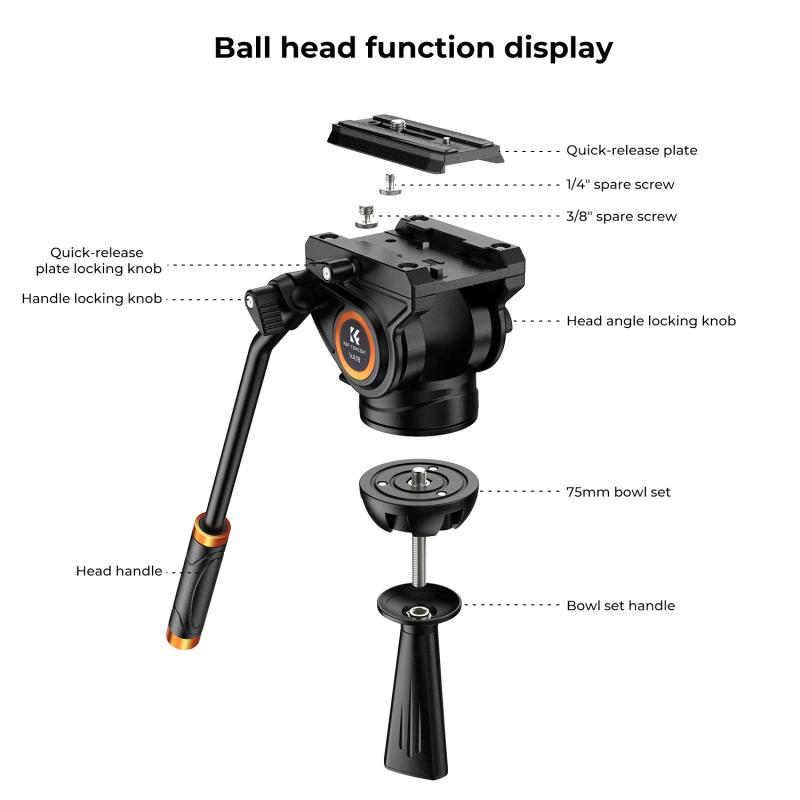
3、 Steps to use a camcorder as a TBC when digitizing VHS
Using a camcorder as a TBC (Time Base Corrector) when digitizing VHS tapes can be a cost-effective solution for improving the quality of the video signal. Here are the steps to follow:
1. Connect the VCR to the camcorder: Use RCA cables to connect the VCR's composite or S-video output to the camcorder's input. Make sure to match the colors of the cables to the corresponding ports.
2. Connect the camcorder to the computer: Use a Firewire or USB cable to connect the camcorder's output to the computer's input. This will allow you to transfer the video signal from the camcorder to the computer for digitization.
3. Set up the camcorder as a TBC: Access the camcorder's menu settings and look for options related to TBC or video stabilization. Enable these features to ensure that the camcorder acts as a Time Base Corrector, stabilizing and improving the video signal.
4. Start digitizing: Play the VHS tape on the VCR and simultaneously record the video using video capture software on your computer. The camcorder will act as a TBC, correcting any timing errors or signal instabilities, resulting in a better quality video capture.
5. Monitor the video: Keep an eye on the video output from the camcorder to ensure that the TBC is working effectively. If you notice any issues, adjust the TBC settings on the camcorder accordingly.
It's important to note that using a camcorder as a TBC may not provide the same level of quality as a dedicated TBC device. However, it can still significantly improve the video signal when digitizing VHS tapes. Additionally, newer camcorders may have more advanced TBC features, offering better results compared to older models.
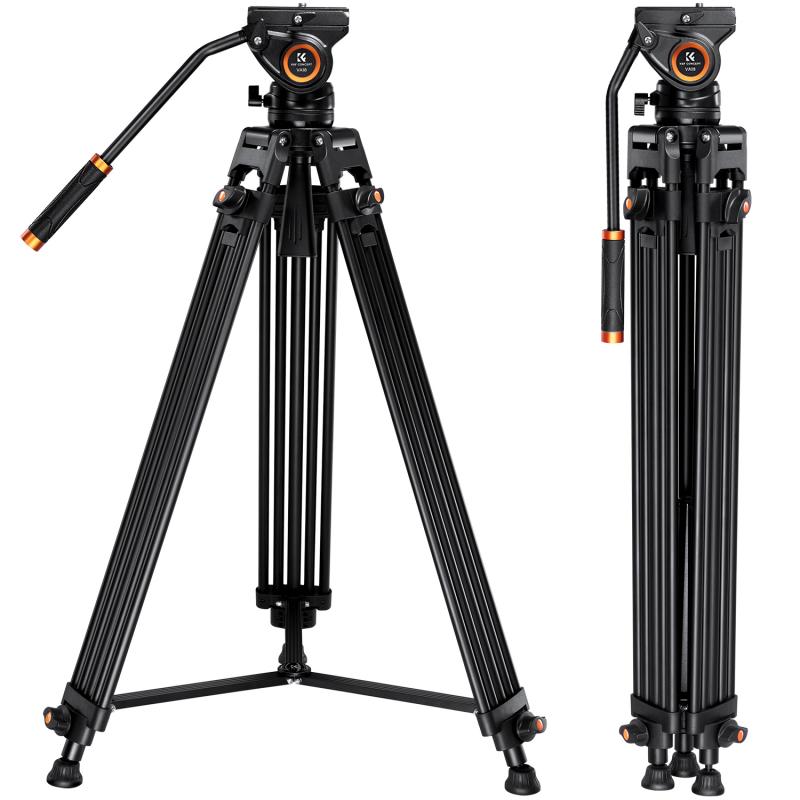
4、 Recommended camcorder settings for VHS digitization with TBC
Using a camcorder as a time base corrector (TBC) when digitizing VHS tapes can be a cost-effective solution for improving the quality of the digitized footage. A TBC helps stabilize the video signal, reducing jitter and other artifacts that may be present in the VHS tape.
To use a camcorder as a TBC, there are a few recommended settings to consider. Firstly, it is important to disable any automatic image stabilization or digital noise reduction features on the camcorder. These features can interfere with the TBC function and may introduce unwanted artifacts into the digitized footage.
Additionally, setting the camcorder to manual mode allows for greater control over the image settings. Adjusting the white balance, exposure, and sharpness manually can help optimize the image quality and ensure accurate color reproduction.
When connecting the VHS player to the camcorder, it is advisable to use a high-quality composite or S-video cable. These connections provide better signal quality compared to RF connections.
It is worth noting that using a camcorder as a TBC may not provide the same level of performance as a dedicated TBC unit. However, advancements in camcorder technology have improved their ability to stabilize video signals, making them a viable option for VHS digitization.
In conclusion, using a camcorder as a TBC when digitizing VHS tapes can be an effective and affordable solution. By disabling certain features, adjusting image settings manually, and using high-quality cables, you can optimize the camcorder's performance for VHS digitization. However, it is important to keep in mind that a dedicated TBC unit may still offer superior results in terms of signal stabilization.
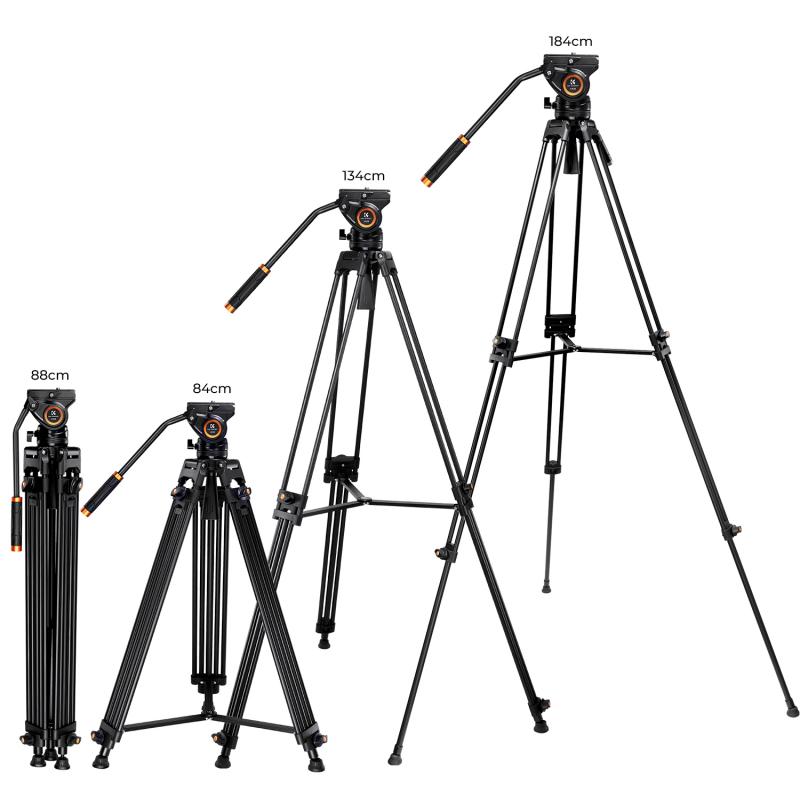


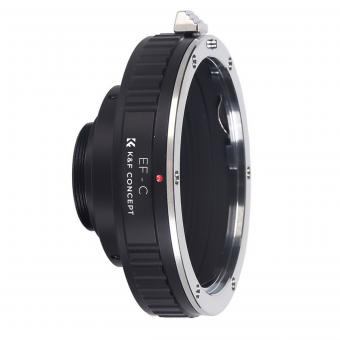
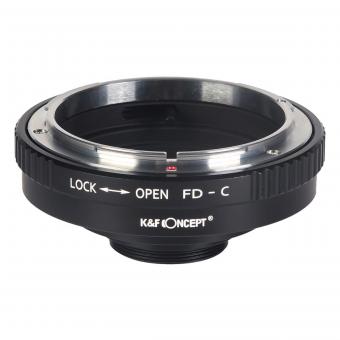






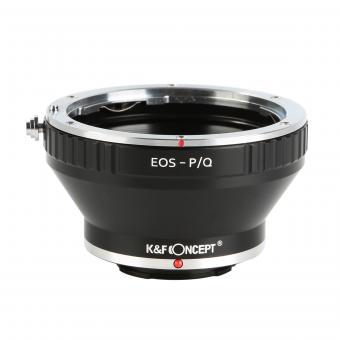






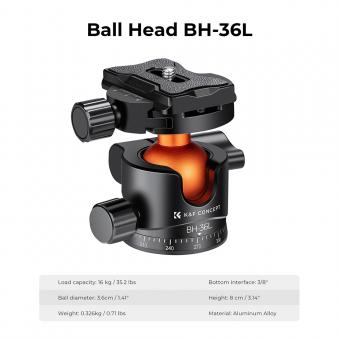
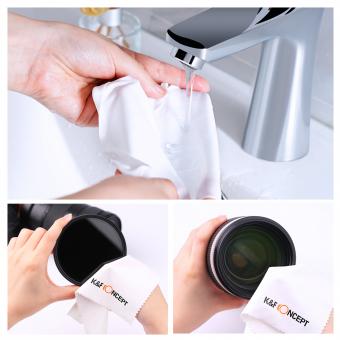



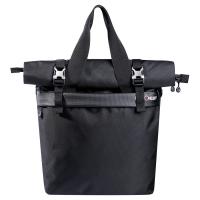


![Supfoto Osmo Action 3 Screen Protector for DJI Osmo Action 3 Accessories, 9H Tempered Glass Film Screen Cover Protector + Lens Protector for DJI Osmo 3 Dual Screen [6pcs] Supfoto Osmo Action 3 Screen Protector for DJI Osmo Action 3 Accessories, 9H Tempered Glass Film Screen Cover Protector + Lens Protector for DJI Osmo 3 Dual Screen [6pcs]](https://img.kentfaith.de/cache/catalog/products/de/GW41.0076/GW41.0076-1-200x200.jpg)


